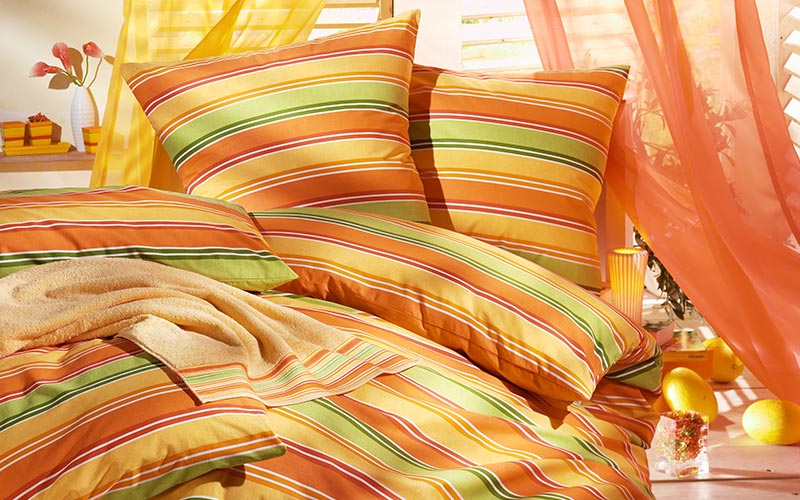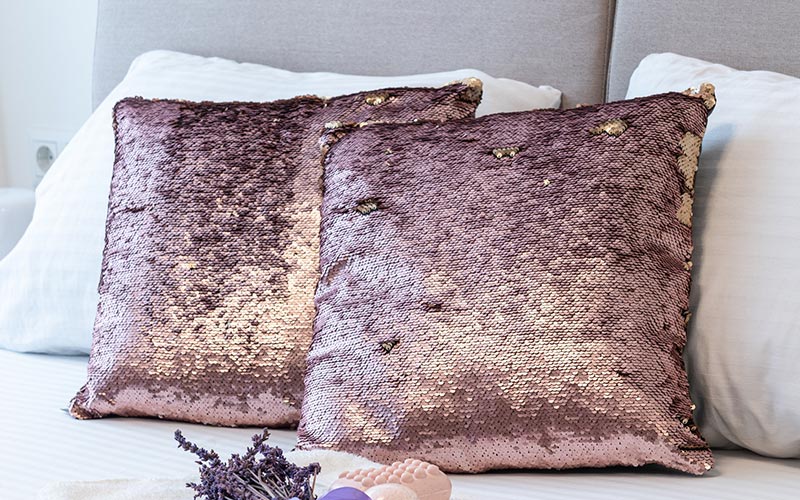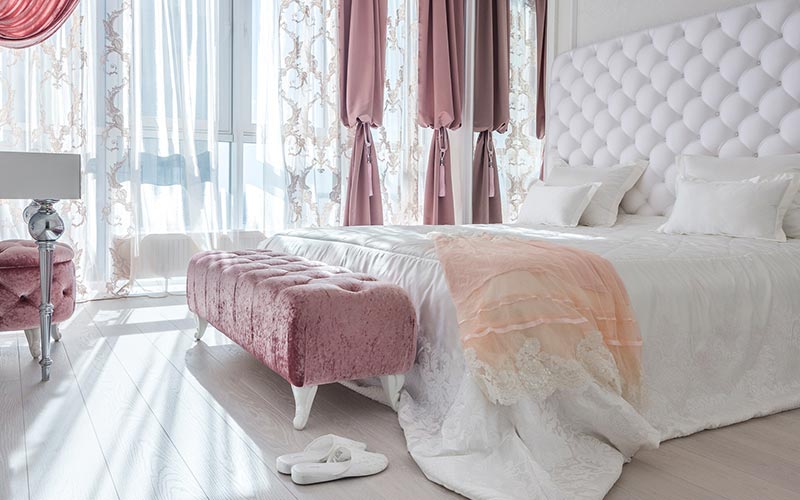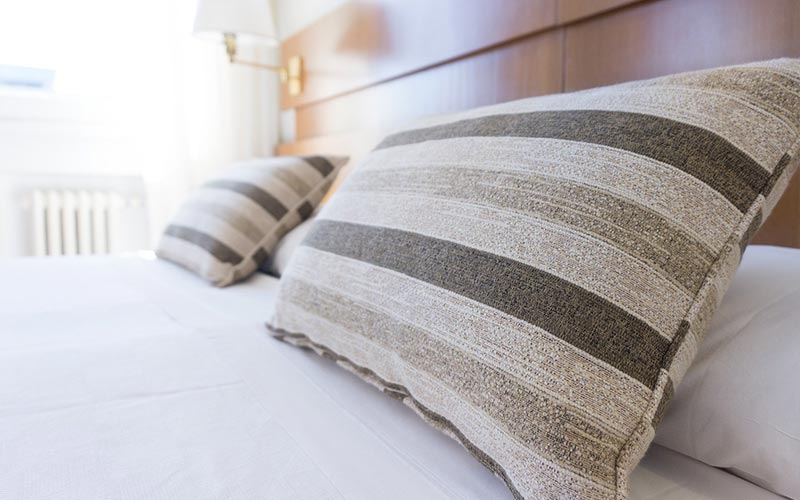What is Natural Silk?
Silk (also called silk) is an ecologically non-polluting natural fiber. It has unique properties and unparalleled vitality that other fibers and processed products cannot replace.
The colorful silk fabrics made by dyeing and weaving are easier to sew into various high-end garments and interior decorations, tourist souvenirs, and many arts and crafts. Foreign consumers praise silk as the “source of beauty”.
Silk clothing made of real silk has a health care effect on the human body.
The Health Benefits of Silk
Comfort
Silk is composed of protein fibers and has excellent biocompatibility with the human body. In addition to its smooth surface, its frictional stimulation coefficient to the human body is the lowest among all kinds of fibers, only 7.4%. When the skin meets silk, it follows the human body’s curve with its unique soft texture.
Hygroscopicity
Silk is rich in many hydrophilic groups. Because of its porosity, it is easy for water molecules to diffuse, absorb or emit moisture in the air, and maintain a certain amount of moisture. Under average temperature, it can help the skin retain a certain amount of water without making the skin too dry; it can also quickly radiate sweat and heat discharged from the human body, making people feel extremely calm. It is precise because of this performance that silk fabrics are more suitable for direct contact with human skin.
Silk has not only good heat dissipation performance but also good warmth retention. Its warmth retention benefits from its porous fiber structure. There are many excellent fibers in silk fiber, and these fine fibers are composed of more delicate fibers. Therefore, more than 38% of the seemingly solid silk is hollow, and there is a large amount of air in these gaps. This air prevents the dissipation of heat and makes the silk have good warmth retention.
Sound-absorbing dust
Silk fabric has a high porosity, so it has good sound absorption and dust absorption. In addition to making clothing, more and more luxury brands have been trying to use natural silk for home textile products under their brands in recent years.
Heat resistance
The thermal denaturation of silk fiber is slight, and it is relatively heat resistant. It is only about 5-8% brittle when heated to 100°C, and the thermal deflection of most synthetic fibers is 4-5 times larger than that of silk. The burning temperature of silk is 300-400℃, a flame-retardant fiber, while the scalding temperature of synthetic fiber is 200-2600℃, which is flammable and easy to melt.
Anti-UV
The tryptophan and tyrosine in silk protein can absorb ultraviolet light, so silk has an excellent anti-ultraviolet function. Ultraviolet rays are very harmful to human skin. After silk absorbs ultraviolet rays, it undergoes chemical changes, making silk fabrics easy to yellow under sunlight.
Our Advantage
Our company chooses professional silk printing and dyeing enterprises to cooperate with strong colorfastness and is committed to making high-quality silk pillowcases, silk masks, and silk eye masks.
Our Antibacterial Products

gold beans quilt

gold beans pillow

gold beans quilt

